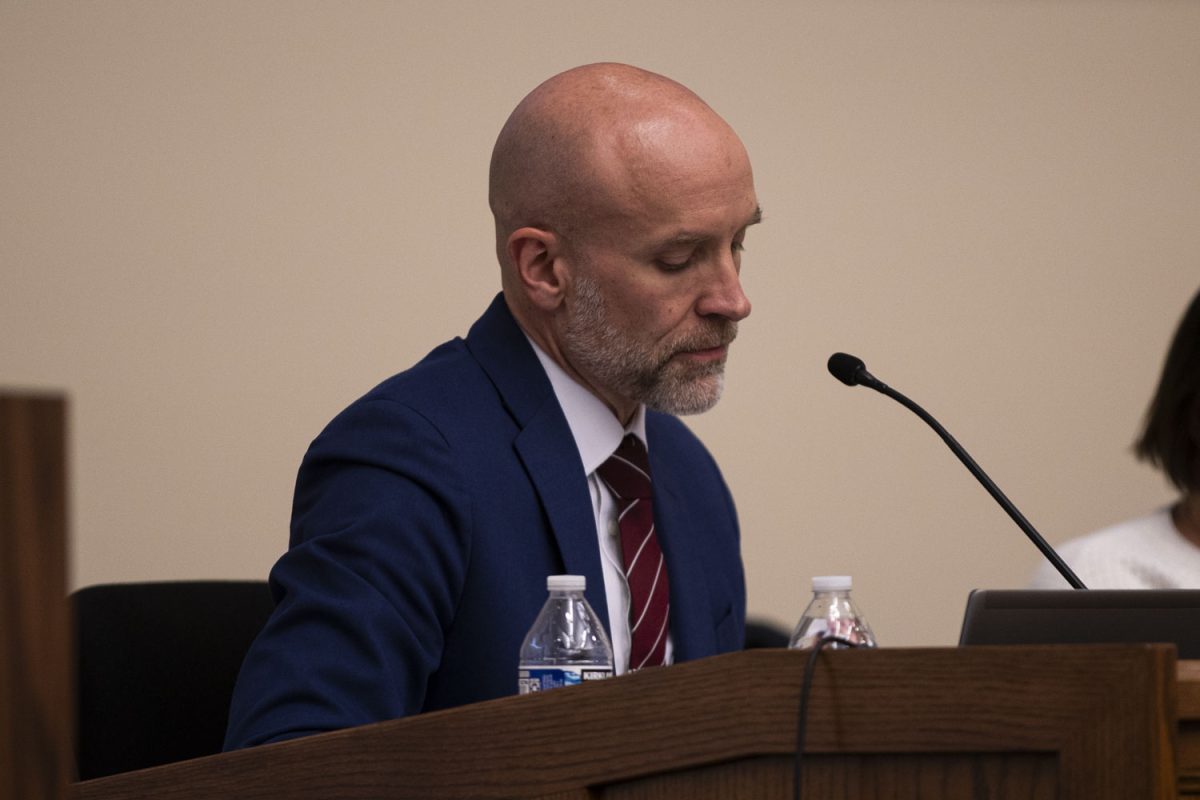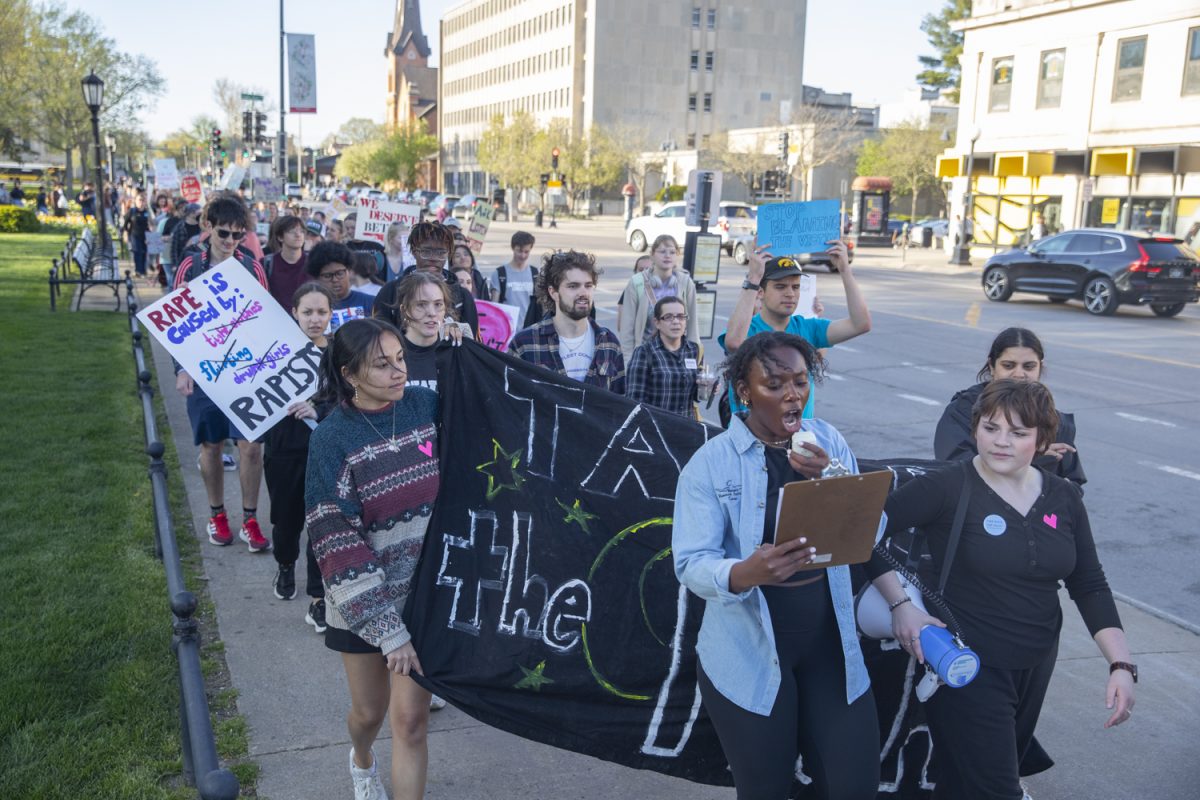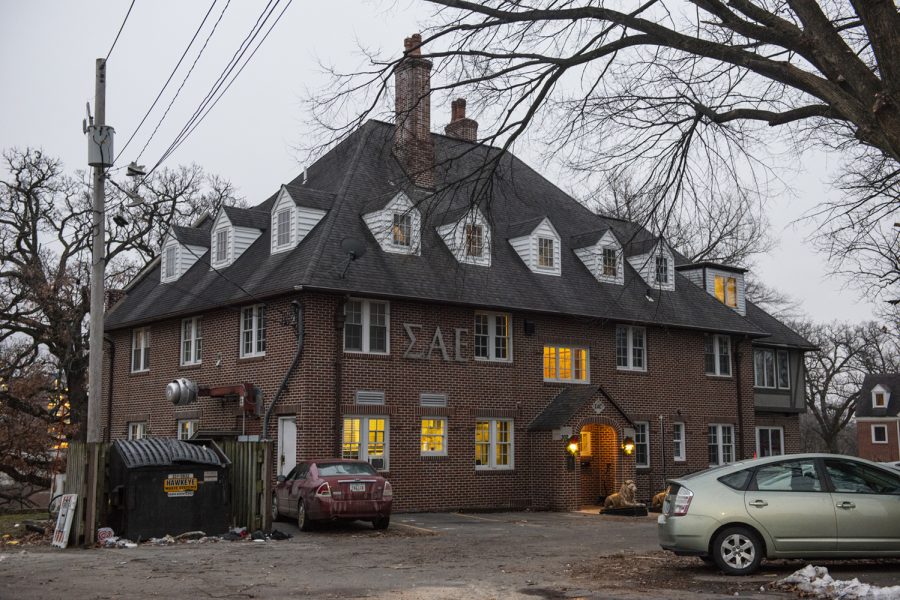Iowa City officials are bracing for a bumpy ride.
A combination of factors, including higher fuel efficiency and rising construction costs, has led to a decline in the condition of Iowa roads and bridges. Without a major change, that is only expected to get worse.
“The average conditions for roadways and bridges will continue to deteriorate,” said Stuart Anderson, the director of planning, programs, and modal division director at the Iowa Department of Transportation.
The second-largest source of funding for road maintenance, at 34 percent of the state’s Road Use Tax Fund, comes from taxes on fuel. This averages to approximately $440 million.
Even combined with other sources, this is not enough to cover costs.
“The current forecast for future funding is that what we’re bringing in through the fuel tax will not support the construction and maintenance of roads,” said Associate Professor Paul Hanley, the director of transportation policy research at the Public Policy Center of the University of Iowa.
The problem contains numerous factors. One of the biggest issues is that the revenue from fuel taxes is stable and relatively constant.
“We’re not really seeing a decrease in funding we’re getting — it’s staying level,” said Ron Knoche, an Iowa City city engineer.
The income is not keeping up with the increasing costs of construction that are outpacing inflation.
“Every year, it costs more for wages and benefits,” Knoche said. “If the revenue stays even and costs go up, eventually there is going to be a problem.”
If conditions do not change, officials expect the fuel revenue to drop. Combined with greater vehicle fuel efficiently and increasing gas prices, people are buying less gas and decreasing their driving.
“We’re seeing flat travel with increasing fuel efficiency,” Anderson said. “Over time, we’ll see a decrease in fuel-tax revenue.”
Because current funding is not keeping up with the costs, Iowa City officials are cutting back on bigger projects and focusing on day-to-day necessities.
“We are spending less,” Knoche said. “The concern we have is that if the revenue stays level, eventually we’ll have to figure out another way to fund the road repair we do in Iowa City.”
Some of the alternatives include raising the fuel tax, increasing the local use of general-obligation bonds, and increasing fees.
“Bonding would be the easiest alternative we have,” Knoche said.
General-obligation bonds work like a loan and would cost property owners more money.
“If we increase the bonding that we do, it’ll increase property taxes,” he said. “That’s the balance we’ll have to work out with the city.”
Another option is raising the tax on fuel by 10 cents. However, raising the tax is an unpopular idea among both citizens and legislators.
“It’s almost not politically feasible,” Hanley said. “We haven’t raised it here in the state since 1988.
The federal fuel tax hasn’t been raised since 1992.”
Currently, the average driver pays around $225 per year in total for federal and state fuel taxes, Hanley said.
“Fuel prices continue to go up, so people are going to view that 10-cent increase as a pretty big impact on their budget,” Knoche said.
The other option is increasing other fees, such as registration fees on vehicles.
“That seems to be a little more politically acceptable,” Hanley said. “But we can only push that so far.”
Currently, the largest source of revenue for the road funds comes from annual vehicle registrations at $510 million.
“Overall, if the state doesn’t increase the fuel tax, we’ll have to start relying more on these alternative options,” Hanley said.






